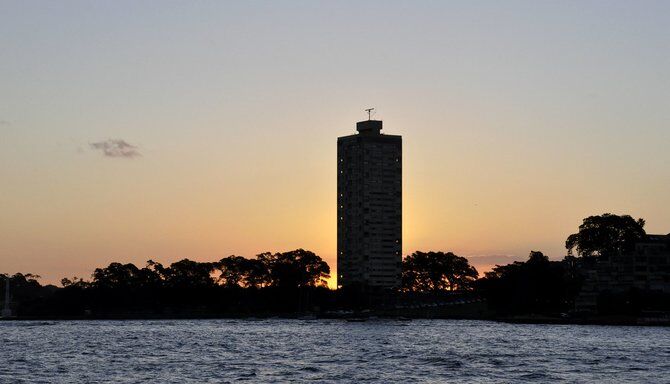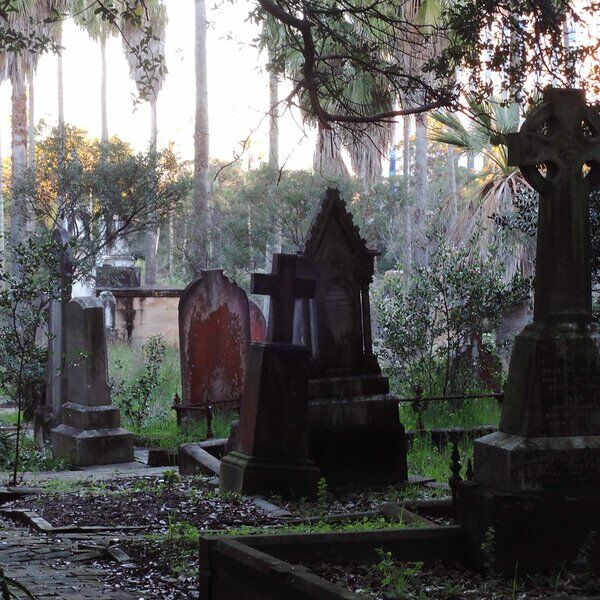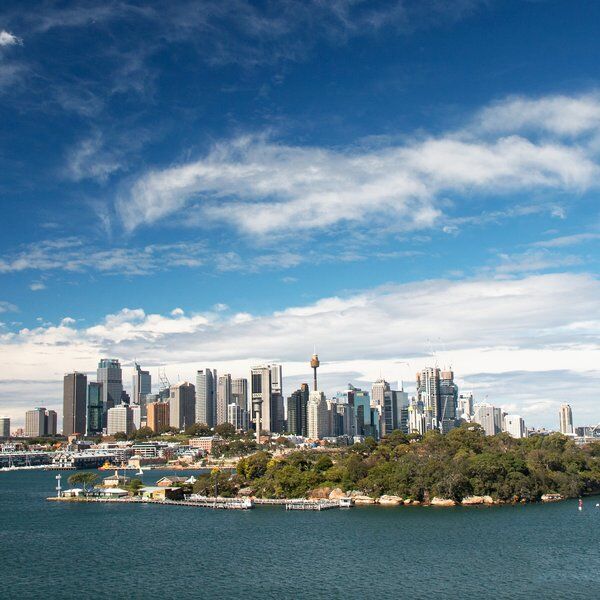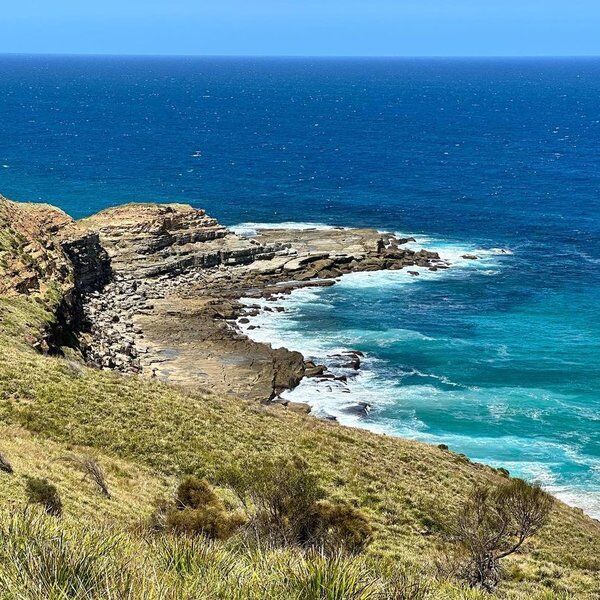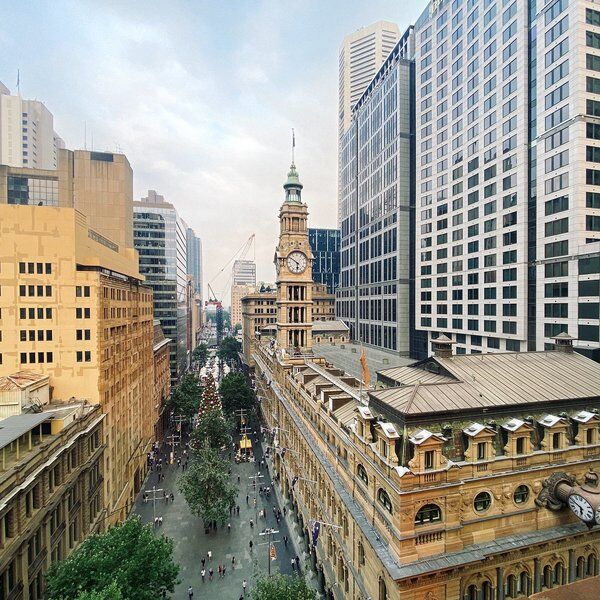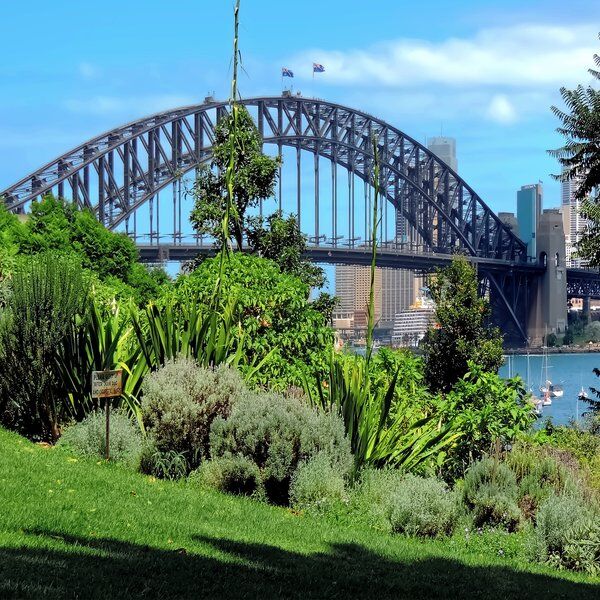
Blues Point Tower
In McMahon's Point, on the water's edge, looking out across the bay at the Rocks and southern Sydney, is a solitary tower of concrete and glass: Blues Point Tower. Completed in 1962, it was originally intended to be the first of a series of similar towers, a housing estate in the vein of those built in Europe and Russia over the preceding decades. One look at Blues Point however was enough to nip these plans in the bud.
This modernist or 'internationalist' style of building had, by this point, been popular for almost half a century. In other words, more than long enough to earn its fair share of critics. Originally conceived as a way of using architecture to address social inequality, people had started to question whether this idea wasn't in fact naive, idealistic, elitist or even totalitarian. The internationalist style was on the way out and this, along with Blues Point's ugly design, killed all enthusiasm for Sydney's internationalist housing project. The tower today stands a lonely reminder of a utopian dream that, having spread all the way from Europe, died a swift death on Sydney's shores.
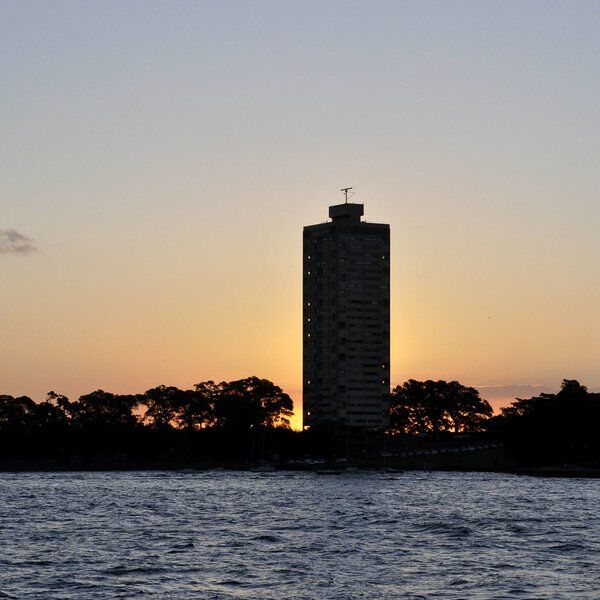
Internationalism Before Blues Point Tower
The internationalist movement in architecture began in Germany, France and Netherlands in the 1910s and 20s. It put an emphasis on volume over mass, rejecting ornamentation and colour in favour of flat surfaces and practicality. Such buildings were supposed to create the space and durability necessary to improve the living standards of people from all socio-economic classes. Internationalists rejected the Romanticism of past centuries as flamboyant and individualistic, putting the needs of the few before those of the many.
The movement grew in popularity, spreading across Europe. The rise of the Nazi regime in the 1930s however saw it outlawed in its native Germany, the Nazis preferring a more traditional style of architecture. As a result, German internationalists were forced to look elsewhere for work. Some went to continental Europe but others moved to the Soviet Union, the USA and Palestine, spreading the style further afield.
The Soviet Union in particular adopted internationalism whole-heartedly. The practical, quick-to-build nature of the buildings fit in well with Stalin's desire for rapid urbanisation and soon entire Soviet cities were being constructed in the style. This slowed however when, in 1936, Stalin ordered many of these architects out of the country.
Despite this, internationalism continued to grow in popularity across the world. Its ideals were the perfect fit for the welfare policies adopted by many states after WW2. It was seen as a way of rewarding the working classes for their efforts during the war by providing good homes for everyone. Not everyone was convinced it actually achieved this however.
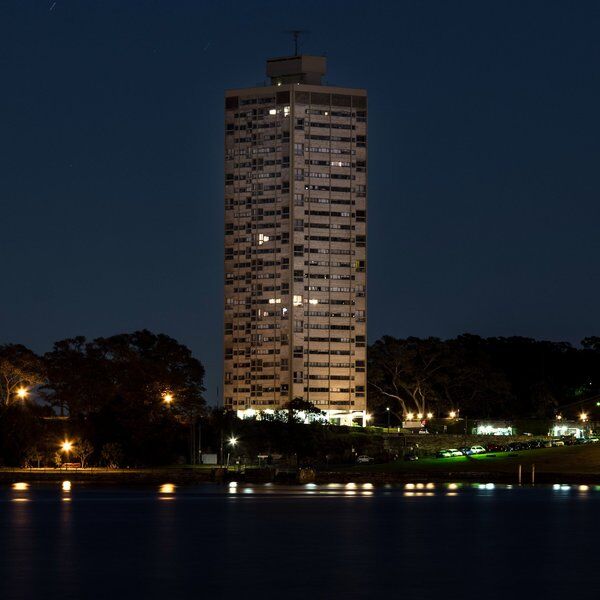
Backlash Against Internationalism Prior To Blues Point Tower
The main strengths of internationalist style buildings was that they could be made on a huge scale without too many materials and they could, supposedly, function in all climates. This lead to barely distinguishable neighbourhoods of concrete and glass being built the world over, with no thought given to local culture or tastes. People who had lived a certain way, in buildings and areas of a certain style, suddenly found themselves in these gargantuan alien environments, their former communities often living far way. Needless to say, this was difficult and isolating for many of them.
One criticism levelled against internationalism was that it treated people like animals or machines that had basic needs that needed to be met and little beyond this. As long as they had shelter, food, water, etc, that was all that mattered. It was as if the architects thought the working classes had no appreciation of beauty and didn't possess their own personal tastes. Internationalist buildings, citics suggested, suppressed individuality and in doing so brought society one step closer to totalitarianism.
Beyond this, they didn't even do what they were supposed to. Far from being fit for any climate, they were invariably too hot in the summer and too cold in the winter. They lacked personal space and many of them suffered from simple but baffling design choices that made them almost unliveable (see Southmere Lake and Park Hill Estate).
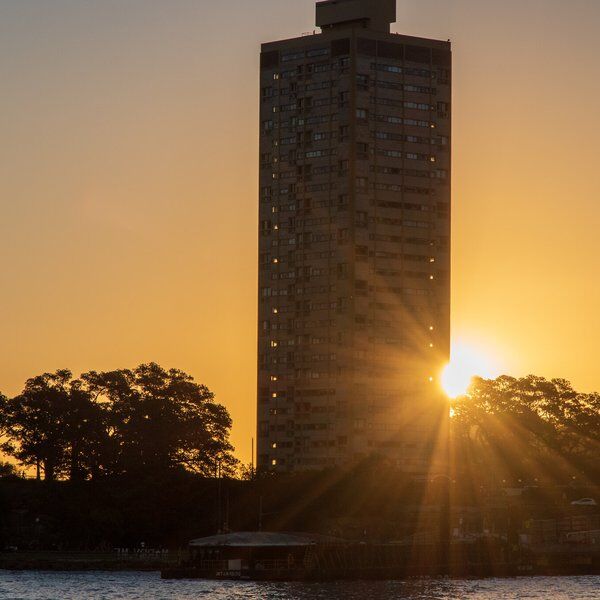
A Blues Point Tower Controversy
By the 1960s internationalist building projects had grown increasingly controversial and Sydney's Blues Point was no different. It was so unpopular that, along with the neighbouring tower blocks being cancelled, there were calls for it to be torn down. These continued until 1993 when it was heritage listed as a 'conspicuous though unpopular example of Internationalist Style... innovative in its day and intended as a forerunner of a whole movement of architecture'.
About the only part of this statement that rings true are the words 'conspicuous' and 'unpopular'. How it can be called a forerunner of a movement that started 50 years before its completion is baffling. Despite this, its persistence has over time made it a fascinating oddity in Sydney's skyscape. A mistake, yes, and an ugly one at that, but oddly appealing in its lack of beauty, the modern day equivalent of a medieval grotesque.
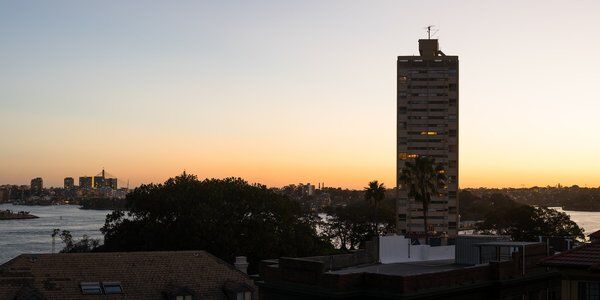
Interested in finding more places like this? Why not try one of our Scavenger Hunts in Sydney - work as a team to overcome cryptic riddles and allow yourselves to be swept off the beaten track on a journey to discover all the quirky bars and unusual sites Sydney has to offer.
